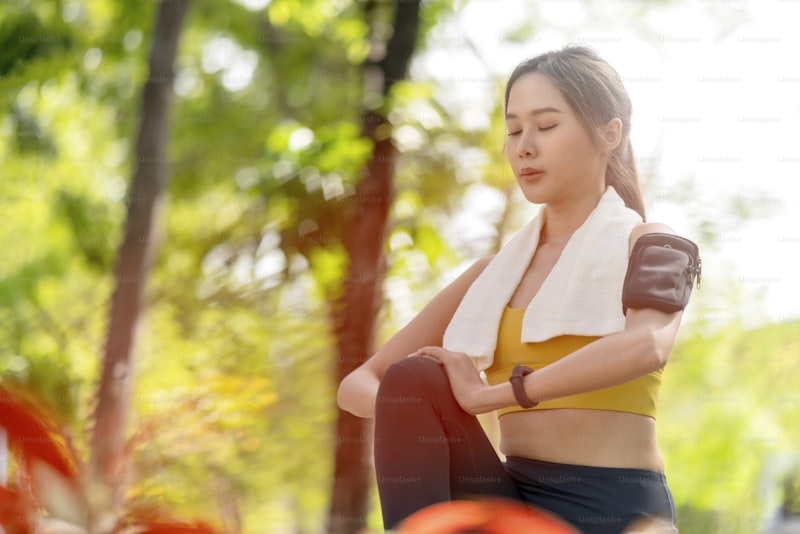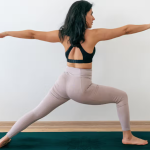Valentine’s Day is the one day in the year set aside to celebrate romantic love. And boy oh boy, do we need some reasons to be happy at the moment. Politically, things are looking gloomy, but that’s all the more reason for looking to the ones we love and getting all joyful about them. On Valentine’s Day we celebrate our heart’s beloved and shower them with cards and gifts, or even better, are on the receiving end of all the cards and gifts. And the emblem of all this romantic love – sent billions of times as a heart emoticon? The good old heart.
So, to big-up this wonderful, love-focused day, we’re going to talk about the heart in all its many formats. From the physiological heart, to the symbolic seat of love, to the shape that has dominated Valentine’s Day ephemera for hundreds of years.
The Biological Heart
The heart is an incredible organ. And obviously, without it, we would be dead. The heart is a muscle which keeps the body supplied with life-giving oxygen by pumping oxygenated blood round the body, as well as pumping de-oxygenated blood back to the lungs. The human heart works hard – the average human heart beats on approximately 3 billion times in a lifetime. An electrical pulse originating from a special bundle of cells in the wall of the heart (the sinoatrial node for the biology geeks) is what causes the atria (heart cavities) to contract rhythmically.
Like any other muscle in the body, the heart needs to be exercised regularly to keep it in tip-top condition, which is where yoga comes in. Because in order to live long and well, we need to give our hearts the attention they need and yoga is a brilliant way to work the heart during asanas by increasing your endurance and tolerance to exercise.
The Emotional Heart
So why is this clever piece of biological kit considered the seat of our emotions? Well, amazingly, there is a scientific foundation to why we link the heart with our emotions. The brain and heart are in constant communication via a nerve called the vagus nerve, as well as hormones, the body’s chemical messengers. The emotions we feel have a direct impact on the chemical messages the brain sends to the heart, and the heart responds to these messages, by changing its rhythm – and vice versa – if the body is under stress, then the heartbeat will become more erratic, alerting the brain’s emotional centre that all is not well.
Historically, the heart was supposed to be the seat of all emotion as the majority of nerves in the body seemed to centre on the solar plexus leading to the conclusion that the heart was the seat of emotion and reason. So how can we control this seat of emotion, which links in so directly to our brain? Again, yoga has the answer. When our hearts are racing with anxiety, for example, we can use restorative yoga to access the parasympathetic nervous system to lower the blood pressure and calm the heart rate – which in turn calms and relaxes the mind.
The Heart Chakra
The chakras are the energy centres of the body, which keep the body, mind and heart in balance. Used in Tantra yoga, although their sources are said to be in the Vedas, the chakras are points through which prana (or vital evergy) flows. Associated with this chakra are the colour green, the number 12, the element of air and the metal copper, among other things.
The heart chakra is called Anahata, which literally means unhurt. This lovely meaning reminds us that although our emotional centres can be buffeted by pain and suffering, the core of the heart is unharmed. The heart chakra is the fourth of the seven primary chakras and is at the centre of our being. The main quality of the heart chakra is that of universal, rather than romantic, love, as well as compassion and understanding.
In order to focus on the heart chakra through yoga, you can do a restorative, yin-yoga-inspired heart opening practice, including poses such as Cobra Pose, Seated Forward Bend, Fish Pose, and if you can focus on the colour green (and wear it too while you’re at it) then so much the better.
The Heart Shape
No one knows for sure how the heart shape (ideograph) came into being. Some believe that it is based on the once hugely popular (in ancient times) form of birth control called Silphium, a species of giant fennel that had heart-shaped seeds. Bit far-fetched, but you never know. Other theories include that is based on the shape of leaves such as the ivy or water lily, or on the natural curves of the breasts or buttocks – my favourite.
It could also have been an approximation of the organ of the heart, which in Renaissance art was used to symbolise the heart of Christ. However it came about, by the time the Victorians latched onto it, it became synonymous with the notion of romantic love, where it has firmly stayed.
The Heart in Yoga
The heart is central (literally) to the practice of yoga. In the teaching guide for Iyengar Yoga teachers ‘Basic Guidelines for Teachers of Yoga’, the very first instruction is:
Teach from the heart and not from the brain alone.
Teaching from the heart is easier said than done, but the qualities of the heart chakra are a useful guide. We need to firstly have compassion for our students, and ourselves (no self-criticism fellow yoga teachers), and we also need to have the understanding in order to reassure some students and challenge others.
So, this Valentine’s Day, let’s celebrate our hearts, your hearts, the heart in all its guises and spread the love that is so needed.













